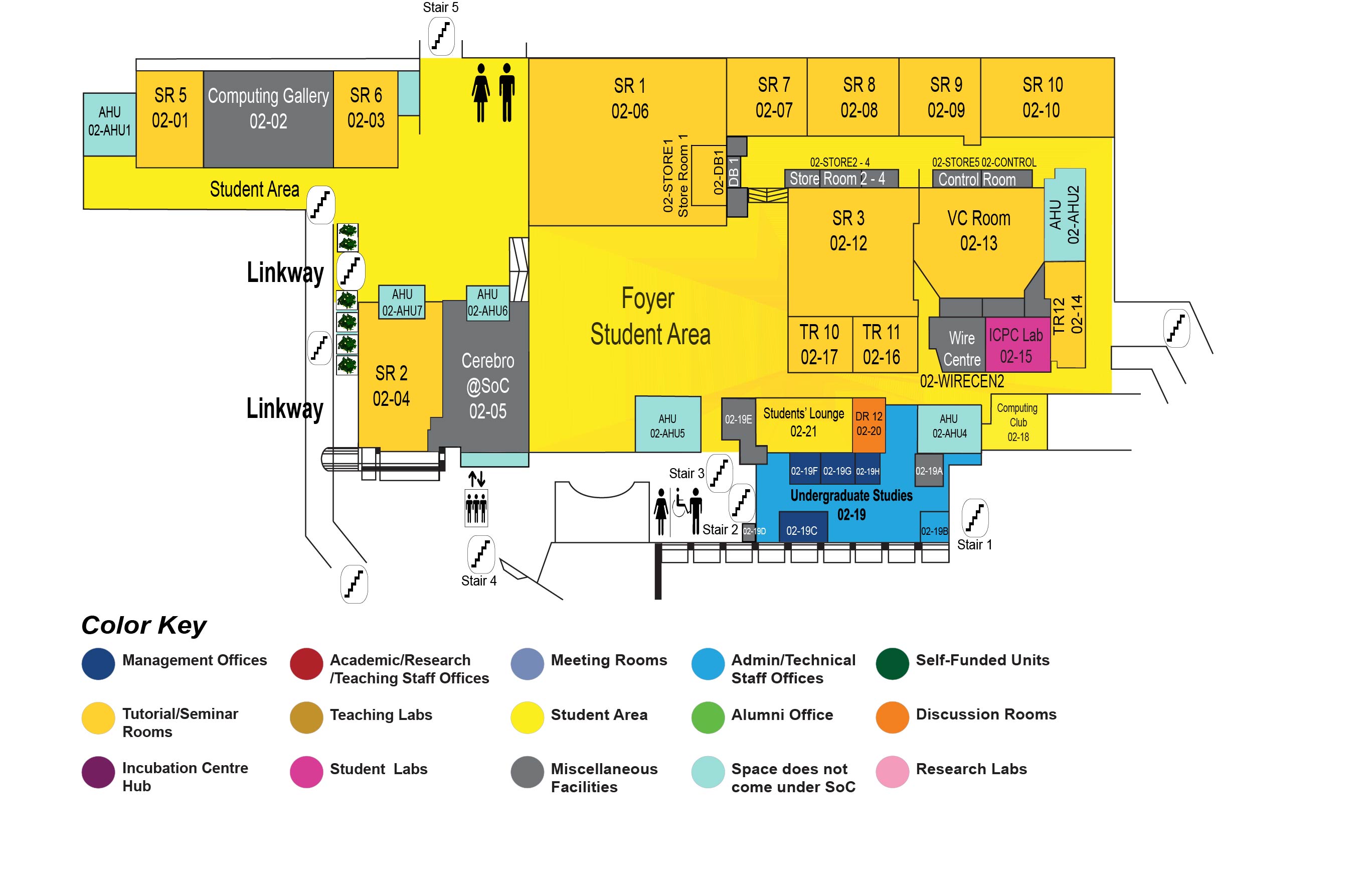Exploiting Binocular Luster Effects for Human-Computer Interaction Applications
COM1 Level 2
Video Conference Room, COM1-02-13


Abstract:
The human eyes enable binocular vision, allowing the perception of depth from the two slightly different retinal images seen through the two eyes. However, when the two images seen by the two eyes are not stereo image pairs, the depth perception would break and instigate a visual phenomenon called binocular rivalry.
Although known for a long time in psychology and vision sciences, binocular rivalry has rarely been exploited in HCI (human-computer interaction) applications. Contrary to the conventional view of binocular rivalry as an image defect to be avoided, we feel that binocular rivalry could serve as a unique visual artifact that supplements the visual experience of the users. Among the various types of binocular rivalry, we are specifically interested in binocular luster, in which the light presented to each eye differs only in brightness, but not in color.
This thesis reports our research to characterize and utilize binocular luster in HCI context. First a psychophysics study is presented that uncovers characteristics of the viewing experience of binocular luster. Then the design and evaluation of an application of binocular luster is presented, which helps color blind users distinguish colors, by adding binocular luster to confusing colors. Lastly, an exploration of some novel visual effects involving binocular rivalry in general is presented, and their potential applications in HCI are suggested.
The contribution of this thesis is three-fold: to advance the fundamental understanding of the psychological experiences of binocular luster effect, to design and evaluate a novel approach to color blind relief using binocular luster effect, and to propose several novel visual effects with binocular rivalry that suggest potential applications in HCI.

